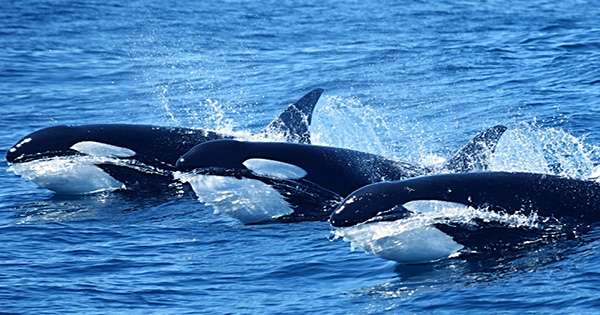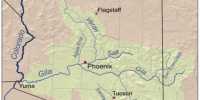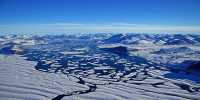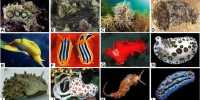The so-called ghost currents under the sea deny the laws of physics. These currents bring nutrients closer to the surface, creating hotspots that bring life to life for no apparent reason, turning seasonal habitats into orcs (deadly whales) and many other species.
We now have an answer to how these currents behave like them and the locations of these oceans explode. We know about sea levels, but deep-sea missions have found evidence that sediment particles, which are three times heavier than the surrounding water, move upwards. Luckily these inconsistencies exist, because they enrich the planet a lot, keep important nutrients in circulation, but that makes it no mystery to their observers.
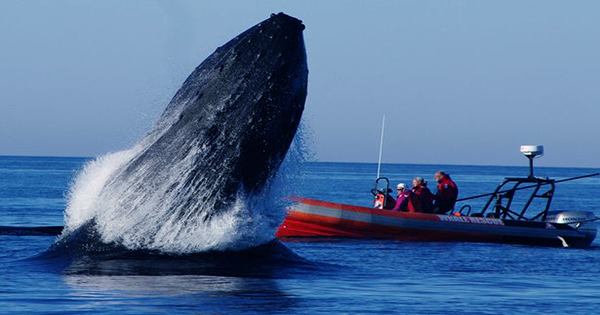
Kaempf said in a statement, Dr Joachen Kemp, of the University of Flinders in Australia, described the phenomenon in the Journal of Marine Systems, which shows that when we look at the ground, the wind blows along the side of the mountain. “Simply put, this transport vehicle is a current that keeps the surrounding seawater and its dissolved properties almost unchanged when carrying sediments around and holding them suspended,” “There is a current that pushes horizontally but also upwards,” he told IFLScience.
Air currents produced by the rotation of the earth cause current currents at the bottom of the ocean driven by elements such as the Coriolis ball instead of the temperature difference. Facing an opera, the current flows with the current it receives sediment, but only then is the current properly adjusted for the direction of the current. This means that in order to produce ghost currents, the lakes need to slide opposite the northern and southern hemispheres. Alignment is when the right substance can be brought from 2 kilometers (1.3 miles) below the surface to one kilometer or less.
The phenomenon has confused confused oceanographers, Kemp added, because these ghost currents do not leave behind individual temperature or salinity signatures, which is how we usually track how the ocean depths change, but rising sediments push it away. “Crete particles feed on organic matter,” Kampoff told IFLScience. These make up the diet of many sea creatures, the most famous being the Bolian whale. Small fish and squid feed the krill by creating an endless buffet for larger animals that attracts human attention.
